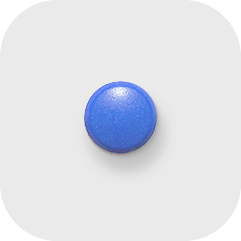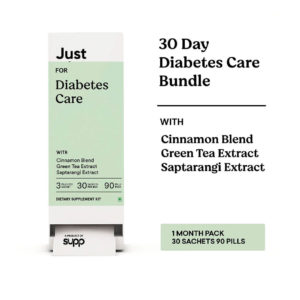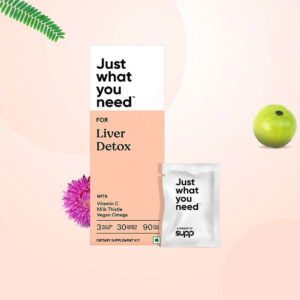Bones have their personal calcium bank that cannot be renewed after your teenage years. The calcium levels get depleted because there are a number of roles (including muscle and nerve function) that calcium is responsible for. When the needs are not met, the body consumes calcium from the bones in your body. Even though the calcium bank in the bones cannot be renewed, it must be maintained through the required amount of calcium to keep bones and teeth healthy for a long time.
You can consider calcium supplementation if you are lactose intolerant, follow a vegan diet, suffering from osteoporosis, have a high protein or high sodium diet which may cause your body to excrete more calcium. Women, especially after the age of 30 should consider calcium supplementation.
It is recommended for everyone to balance the variety of food so you get a nutrient rich diet. However for some people it can be difficult to obtain appropriate calcium through their diet alone. These groups may include:
- Older adults: With increasing age comes decreased absorption of calcium. Therefore middle aged or older people may need to consider calcium supplementation to keep their bones and muscles healthy.
- Menopausal women: It is extremely important for women going through pre-menopause and post-menopause years to sustain calcium and avoid bone loss during the process. If some calcium is obtained through the diet, supplementation of upto 1000 mg is usually adequate.
- Strict vegetarians: People who are strictly on a plant based diet and do not consume dairy at all, must consider calcium supplementation to avoid weakening of bones in later stages of the deficiency.
All nutraceutical supplements are available over the counter and can be taken without a prescription. However, calcium supplements can interact with many prescription medicines including antibiotics and medicines for high blood pressure. So if you’re already under any medication, it is advisable that you consult your doctor or pharmacist before taking calcium supplements.
Every tissue in our bodies requires vitamin D and will not function properly if we do not get enough. In its most extreme forms, vitamin D deficiency produces rickets in children and osteomalacia (bone softening) in adults resulting in disrupted growth and crooked bones. This happens since the concentration of minerals in the blood stream is not adequate to aid the mineralization of new bone. This deficiency occurs because efficient absorption of calcium in the body requires vitamin D.
Milder quantities of deficiency are now understood to be one of many factors behind many chronic diseases, including osteoporosis, impaired immune competence, autoimmune diseases such as diabetes high blood pressure, multiple sclerosis, several cancers (breast, colon, lung, lymphoma and prostate, among others), , pregnancy complications and cardiovascular disease.
Osteoporosis literally means “porous bones.” This occurs for several reasons. About 62% of your bone density is a result of genetics — you may never have had dense bones. Turn to your parents for hints. In the event that you didn’t build bone sufficiently throughout your bone building years, you’re at a diminished threshold when you age. With the falling degrees of estrogen (in women) and testosterone (in men) and its associated bone loss, you may have bone density below a standard level. Inadequate intake of calcium and vitamin D as a young child or as an adult or both will cause osteoporosis. Some medications, although necessary, will cause bone loss.
- Osteopenia or low bone mass is a status classification used to describe bones which are thinner than normal, but have not even reached the osteoporosis stage. We’re now just starting to reference osteopenia as low bone mass since osteopenia shows that you’ve lost bone density. It’s possible that you never built bone that has been any stronger. If you should be older with a bone density in this range, your doctor may consider a bone medication to prevent fractures.
Osteopenia and osteoporosis are for a passing fancy spectrum of bone thinning. The bones are much more porous and may be at increased risk for fracture.
The categorization of low bone density and osteoporosis was measured against peak bone mass. Adults commonly reach peak bone mass around age 30. The scientists used large databases of test results to determine the typical for normal peak bone mass, and then the product range for low bone mass (osteopenia) and very low bone mass (osteoporosis).
In 1994, the World Health Organization (WHO) reviewed the worldwide data on bone density testing and fracture risk. Prior to the publication, many bone density testing centers reported results by comparing a patient to other patients of exactly the same age. The WHO concluded that, based on studies of older women, reporting the relation of the bone mineral density (BMD) to the typical peak bone mineral density of a 30-year old would be more appropriate.
Studies suggest that more than 80% of Indians are deficient in the sunshine vitamin. Vitamin D2 can be obtained by your daily diet, however Vitamin D3 is best created by the human body when it’s subjected to sunlight. Due to the new indoor lifestyle, it is rather possible that most us are deficient in the sunshine vitamin.
Having darker skin also means more melanin content and lesser absorption of sunshine. Since the correct absorption of Calcium within your body is essentially influenced by Vitamin D, there’s a higher chance that the deficiency of Vitamin D3 will result in bone pain, backache, bone loss, osteoporosis in women, muscle pain.
Magnesium triggers the hormone calcitonin, which preserves bone structure by drawing calcium out of the blood and soft tissues back to the bones. This action helps lower the likelihood of osteoporosis, some forms of arthritis, coronary attack and kidney stones.


























